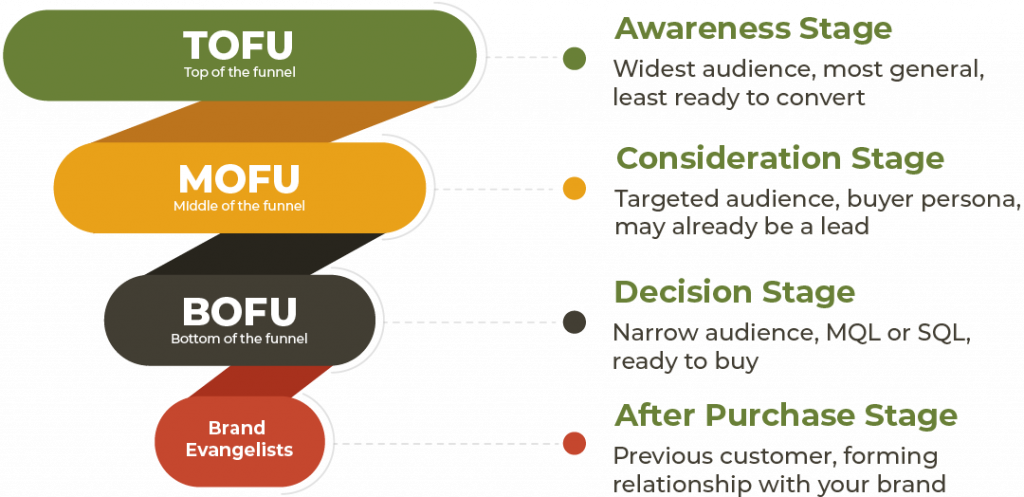
How To Generate High-Quality Leads With LinkedIn Product Pages
LinkedIn, the popular professional networking site, has taken its suite of marketing solutions to the next level. In December 2020, it rolled out LinkedIn Product Pages as a new way for firms to drive high-intent leads using marketplace-like features such as product highlights, calls-to-action (CTAs) and social proof.
Among the most-used online and social media marketing (SMM) channels, a LinkedIn lead generation (lead gen) strategy is particularly effective for business-to-business (B2B) companies. Insider Intelligence’s 2020 Digital Trust Ranking in the United States revealed that LinkedIn clinched the top spot and outperformed rivals like Facebook (9th place) and Twitter (7th place). What’s more, a HubSpot study found LinkedIn’s visitor-
Backed by LinkedIn’s solid user trust and proven track record, the LinkedIn Product Page is a must-try for brands. So, why the introduction of Product Pages? “From a marketing perspective, LinkedIn is now emphasizing its direction to support B2B businesses [from its history of creating networking opportunities for professionals],” said Rey Bercero, Thrive’s demand generation social media specialist.
This LinkedIn lead gen tool is currently aimed at helping product-based enterprises, specifically those in the B2B software sector. For those offering services, LinkedIn will introduce a Services Marketplace in the near future. The Product Page is also designed to complement existing options for garnering B2B leads on the platform collectively called LinkedIn Marketing Solutions.
Check out this illustration to understand the difference among the options, the LinkedIn Page, Showcase Page and Product Page, and where they fit in with your customer buying journey.

Top of the Funnel (TOFU)
LinkedIn Page:
– Your company page, which may contain the Showcase and Product Pages
– Build brand presence on the platform
Middle of the Funnel (MOFU)
Showcase Page:
– Your brand/line/initiative spotlight page
– Further educate prospects about highlighted products and solutions
Bottom of the Funnel (BOFU)
Product Page:
– Your specific product pages
– Connect prospects to your community of experts and users and generate high-quality leads
As we move on, we discuss 1) how much do LinkedIn Product Pages cost? 2) the steps toward building your company’s Product Page and 3) some of the best LinkedIn Product Page examples to get you started.
How Much Do LinkedIn Product Pages Cost?
It costs nothing to add LinkedIn Product Pages to your company page. But if you have been doing LinkedIn marketing for a while, you should know that a profitable LinkedIn lead generation strategy requires proper investment. Optimizing your LinkedIn company Product Page is a top priority to boost brand and product discovery. In particular, you may have to enhance your copy and assets to compel visitors to convert (it’s a BOFU tool, after all). These actions can be included in your overall LinkedIn lead generation strategy at a reasonable cost.
How To Get Leads on LinkedIn
Start attracting qualified B2B sales leads when you add a Products tab to your business page. But before we take you through the steps, here are three ways to leverage Product Pages for generating leads on LinkedIn that prove how powerful this strategy can be.
• Product highlights: Use it to promote and position your products in front of potential customers. At the same time, support their decision-making process by posting complete and accurate information about your offerings.
• Compelling, customizable CTAs: Hit your target B2B leads with CTA buttons for requesting demos or contacting the sales team.
• Social proof: Establish a trusted environment by allowing current customers to leave ratings and reviews. If you’re on LinkedIn for sales leads, you should know well that positive feedback and testimonials convince lurkers to convert.
If you want to delve into how to get leads on LinkedIn, many experts and LinkedIn lead generation service providers suggest focusing on this factor. A Spiegel Research Center study found that a product with five reviews is 270 percent more likely to be purchased than a product with no reviews. Converting B2B sales leads is made more possible by the fact that ratings and reviews on LinkedIn must come from verified buyers.
